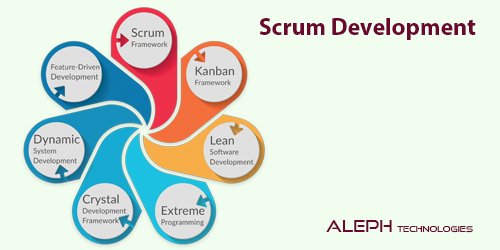The Technical Debt
In today's world, organizations are constantly striving to stay ahead of the curve by embracing agility and innovation. Central to this endeavor is the concept of technical debt, a term originally coined in the realm of software development but increasingly relevant across various domains.
Technical debt transcends its roots in coding and programming to encompass broader organizational and team dynamics, offering valuable insights into the trade-offs made in pursuit of short-term gains versus long-term sustainability.
Understanding Technical Debt
At its core, technical debt refers to the cumulative consequences of choosing quick-and-easy solutions over more robust, albeit time-consuming, alternatives. Just as financial debt accumulates interest over time, technical debt accrues "interest" in the form of increased complexity, reduced flexibility, and diminished productivity. While it may seem expedient to cut corners or take shortcuts to meet immediate deadlines or address urgent needs, these decisions often incur long-term costs that can impede progress and innovation down the line.
Beyond Software Development
While technical debt originated as a concept within the software development community, its implications extend far beyond the realm of coding and programming. In today's interconnected world, where digital transformation permeates every facet of business operations, the principles of technical debt apply to a wide array of disciplines and industries.
Organizational Agility
In the context of organizational agility, technical debt manifests as the accumulation of inefficient processes, outdated systems, and entrenched behaviors that hinder adaptability and responsiveness. Just as legacy code can bog down software development projects, legacy practices and entrenched hierarchies can stifle innovation and impede organizational agility.
Team Dynamics
Within teams, technical debt can manifest in various forms, such as communication bottlenecks, decision-making paralysis, and resistance to change. Dysfunctional team dynamics, characterized by siloed departments, turf wars, and a lack of collaboration, can create significant technical debt that undermines productivity and morale.
Managing Technical Debt
Effectively managing technical debt requires a proactive approach that balances short-term expediency with long-term sustainability. Organizations and teams must prioritize transparency, collaboration, and continuous improvement to mitigate the risks associated with technical debt.
Risk Assessment
Identifying and assessing technical debt requires a candid evaluation of existing processes, systems, and practices. By acknowledging areas of inefficiency, obsolescence, or complexity, organizations can prioritize mitigation efforts and allocate resources effectively.
Incremental Refactoring
Similar to refactoring code to improve its readability and maintainability, organizations can refactor processes, systems, and structures to reduce technical debt. By breaking down large, monolithic initiatives into smaller, more manageable increments, teams can iteratively address technical debt while delivering tangible value to stakeholders.
Cultivating a Culture of Continuous Improvement
Ultimately, managing technical debt is as much about mindset as it is about methodology. Cultivating a culture of continuous improvement, where experimentation, learning, and adaptation are encouraged, can help organizations and teams navigate the complexities of technical debt while fostering innovation and resilience.
In an era defined by rapid change and uncertainty, the concept of technical debt offers valuable insights into the trade-offs inherent in pursuing short-term gains at the expense of long-term sustainability. By recognizing and addressing technical debt proactively, organizations and teams can enhance their agility, resilience, and capacity for innovation in an increasingly dynamic and competitive landscape.
Related posts
-

Scrum Development: A Comprehensive Overview 🚀
Mar 25, 2024 -

Understanding Scaled Agile (SAFe) and Disciplined Agile Delivery (DAD)
Mar 25, 2024 -

Scrum vs SAFe: Unveiling the Differences 🔄
Mar 25, 2024 -

Why Release Management Matters in Agile Projects 🚀
Mar 25, 2024

Please login to check comments